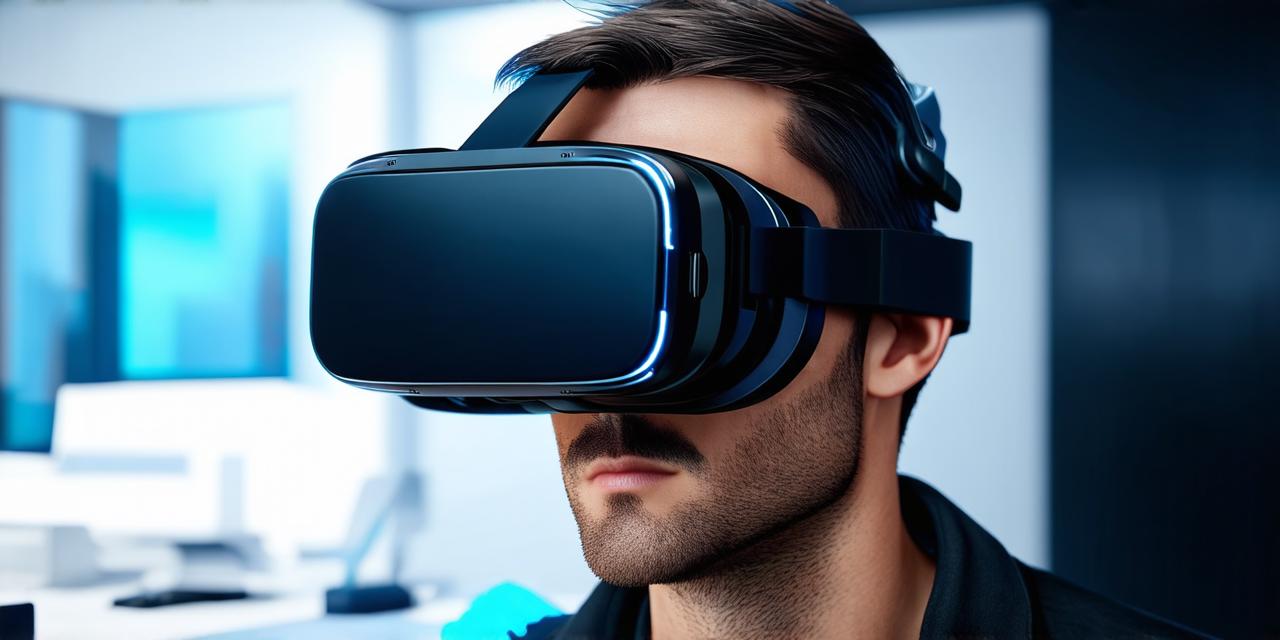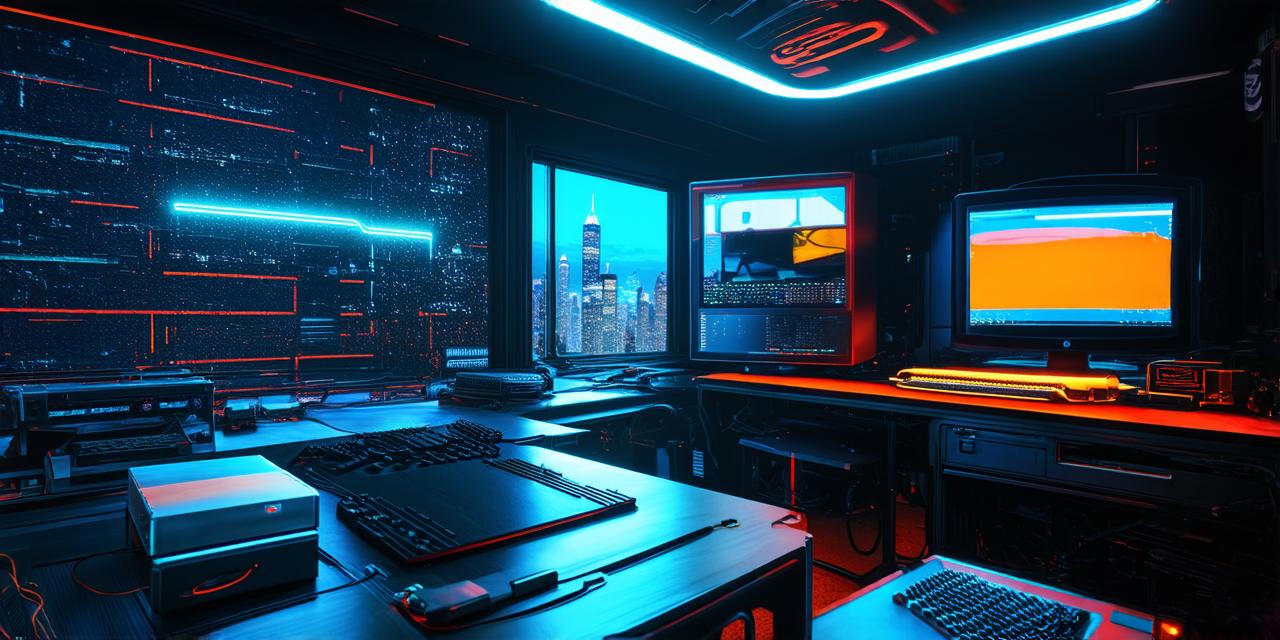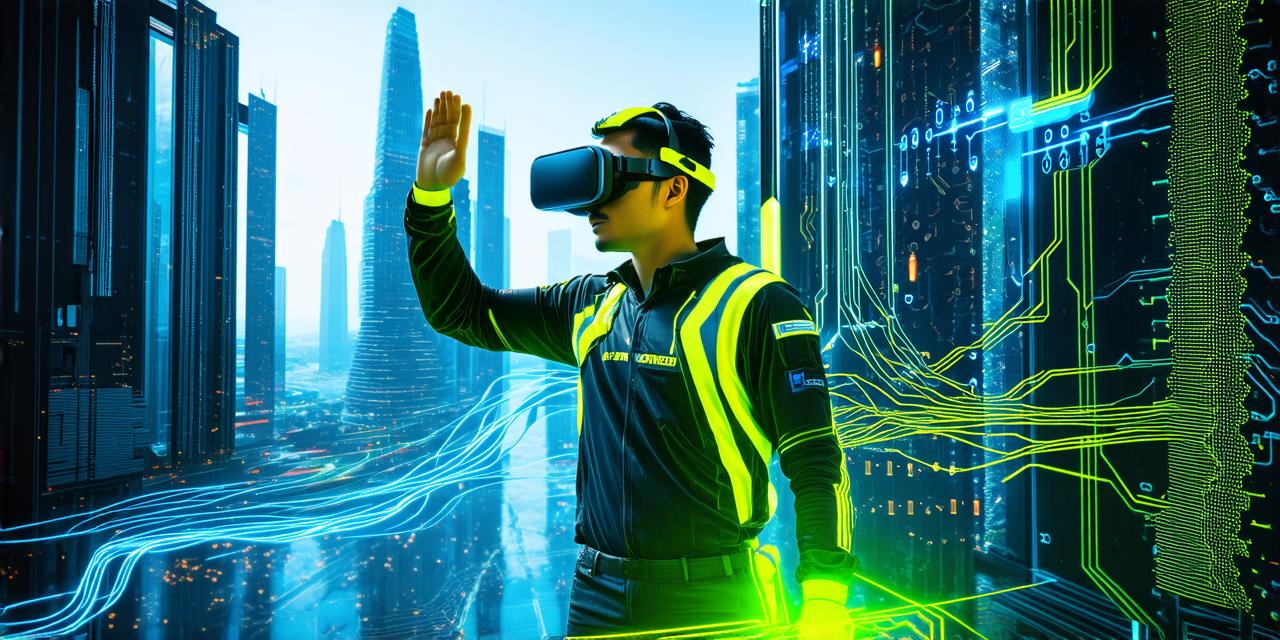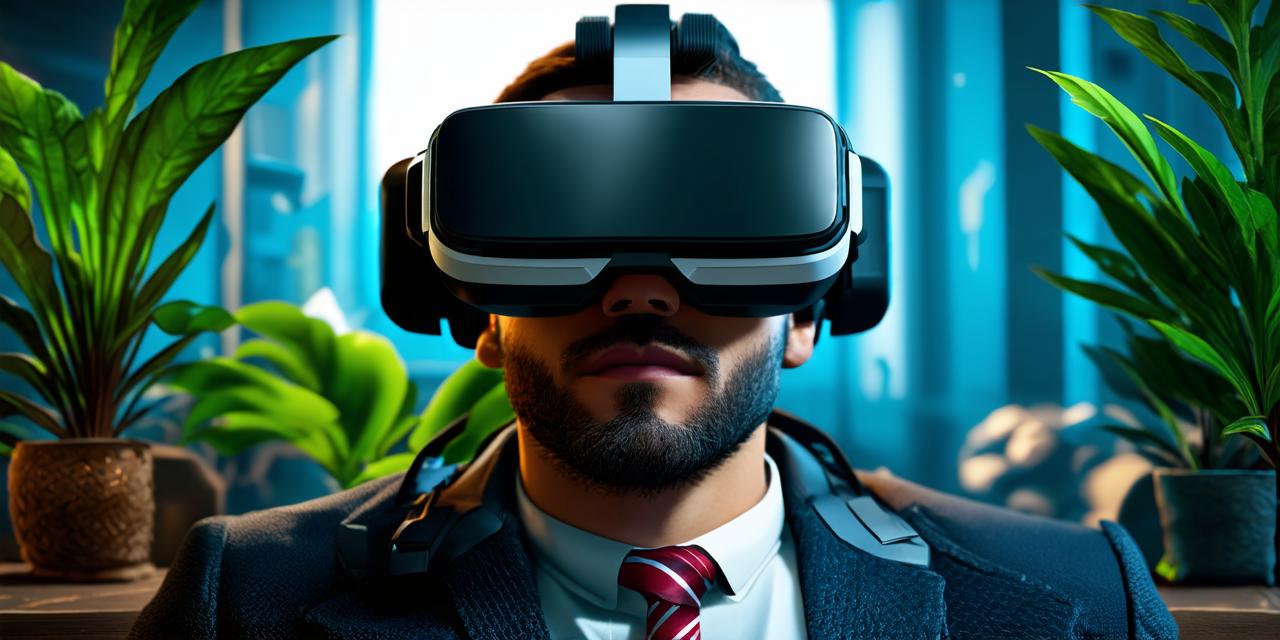Virtual Reality (VR) is a technology that allows users to experience a computer-generated environment as if it were real. It creates an immersive experience by simulating the senses and presenting them to the user in a way that feels realistic.
1. Head-Mounted Display (HMD)
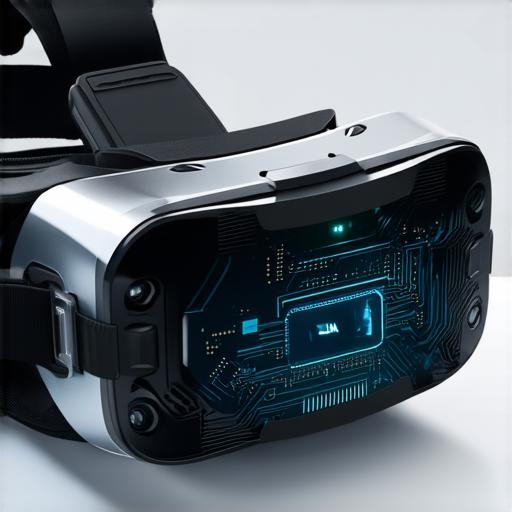
The first component of a VR system is the head-mounted display (HMD). This is a device that sits on top of the user’s head and provides them with a 360-degree view of the virtual environment. The HMD typically has a screen for each eye, which creates a stereoscopic effect that makes objects in the virtual world appear more realistic.
2. Tracking System
In order to provide an immersive experience, VR systems need to track the movement of the user’s head and body. This is done using a tracking system, which consists of sensors that are placed around the user’s environment. These sensors use infrared technology to detect the position of the HMD and track its movement.
3. Motion Controllers
Motion controllers are devices that allow users to interact with the virtual world by making hand gestures. They typically consist of a sensor that tracks the position of the user’s hand and a device that provides feedback, such as haptic feedback or vibration, to simulate the sensation of touching objects in the virtual world.
4. Computer Hardware
The VR experience is generated by a computer, which runs specialized software to create the virtual environment and render it in real-time. The computer hardware used for VR typically consists of a high-end graphics card, a powerful processor, and a lot of memory. This allows the computer to generate high-quality graphics and handle the complex calculations required to create the illusion of movement.
5. Software
The software component of a VR system is responsible for generating the virtual environment and rendering it in real-time. This requires a lot of processing power, as the software needs to simulate the physical world and respond to user input in real-time. There are many different types of VR software available, ranging from simple games to complex simulations of real-world environments.
6. User Input
Finally, VR systems require user input in order to provide an interactive experience. This can be done through motion controllers, as mentioned earlier, or through other input devices such as keyboards and joysticks. The user’s input is used to control the character or object they are controlling in the virtual world, allowing them to interact with the environment in a meaningful way.
In conclusion, VR functions by combining hardware and software to create an immersive experience that simulates the physical world. This is made possible through the use of a head-mounted display, tracking system, motion controllers, computer hardware, software, and user input. By understanding how VR works, we can appreciate the incredible potential it has for education, entertainment, and other applications.
